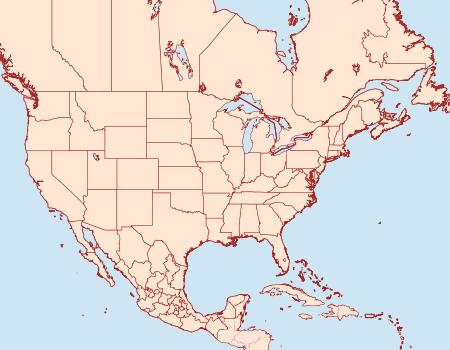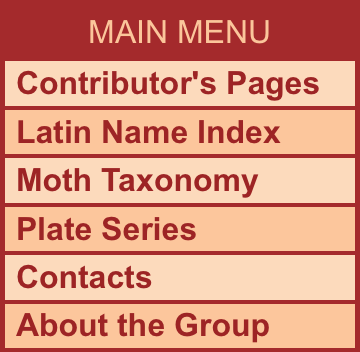Tortricidae
990362n –
19362 Aspila funebrana
(Treitschke, 1835)
|
|
|
| Photographs are the copyrighted property of each photographer listed. Contact individual photographers for permission to use for any purpose. |

Large Map & Chart
Report Errors
About Maps
|
| Distribution: |
Palearctic; not found in North America north of Mexico. |
Seasonality
and Size: |
Completes 1-3 generations per year. Adults present from May to September. Forewing length ranges 4.0-8.0mm. |
Larva and
Host Plants: |
Larvae of G. funebrana are a significant pest on members of the Rosaceae family. Hosts of importance include a number of Prunus spp. (apricot, cherry, plum, and peach).Larval morphology is not reliable in distinguishing G. funebrana from other species of Grapholita. Gilligan and Passoa (2014) describe several characters to diagnose Grapholita. These are:
• D1 and SD1 on the same pinaculum on A9
• L group on T1 not extending beneath the spiracle
• Anal comb present
• Crochets numerous (>25), uniordinal or biordinal
• SV group variable, usually 3:3:2:2:2 or 3:3:2:2:1
• On Rosaceae or Ericaceae
. (see references) |
Description/
Field Marks: |
Forewings are brown with silvery-grey strigulae. Silvery-grey indistinct markings along the dorsum, extending to the apex and surrounding the poorly-defined ocellus. Silver scales border the ocellus which has 3-4 black spots contained within it. Wing fringe scales are brown with faint white apical teeth (tip of scale). Hindwings brown, getting progressively darker towards the outer edges. Wing fringe scales are white with a single row of darker brown scales at the base. |
| Similar Species: |
- Aspila funebrana can be confused with A. molesta and A. tenebrosana, especially when specimens are in poor condition. Genitalia can be used to distinguish these species. Molesta males lack the small “thorn-like” ventral projection at the base of the valve that is present in funebrana. Female molesta have a completely sclerotized sterigma, which is lengthened laterally and with small lateral projections posteriorly. The sterigma in female funebrana is incompletely sclerotized, not forming a ring of sclerotization around the ostium. Gilligan and Epstein (2012) describe tenebrosana males as having a more elongate valve with the “anal-angle sharply pronounced” and females as having a large sterigma with lateral triangular lobes.
|
| Synonymy: |
funebrana (Treitschke, 1835) |
| Taxonomic Notes: |
Aspila funebrana (Treitschke, 1835), n. comb. in Hu et al. (2023: Appendix S4), with Aspila, a former subgenus of Grapholita, raised to genus (new since Pohl & Nanz (eds.) (2023)). |
|
| References (Caution: DNA barcoding at BOLD provides evidence of relatedness, not proof of identification; some BOLD specimens shown may not be sequenced.) |
- (1) Gilligan, T.M., and Passoa. 2014. LepIntercept- An identification resource for intercepted Lepidoptera larvae. USDA-APHIS-PPQ Identification Technology Program (ITP). Fort Collins, CO. website
- (2) Species Page at BOLD Barcoding Project - website.
- Hu, G-L, J. Brown, M. Heikkilä, L. Aarvik, M. Mutanen, 2023. Molecular phylogeny, divergence time, biogeography and trends in host plant usage in the agriculturally important tortricid tribe Grapholitini (Lepidoptera: Tortricidae: Olethreutinae). Cladistics, 39(5): 359-381; Appendix S4.
- Species Page at Tortricid ID - Identification Technology Program (ITP)
|
|
Photographs are needed for this species. |




